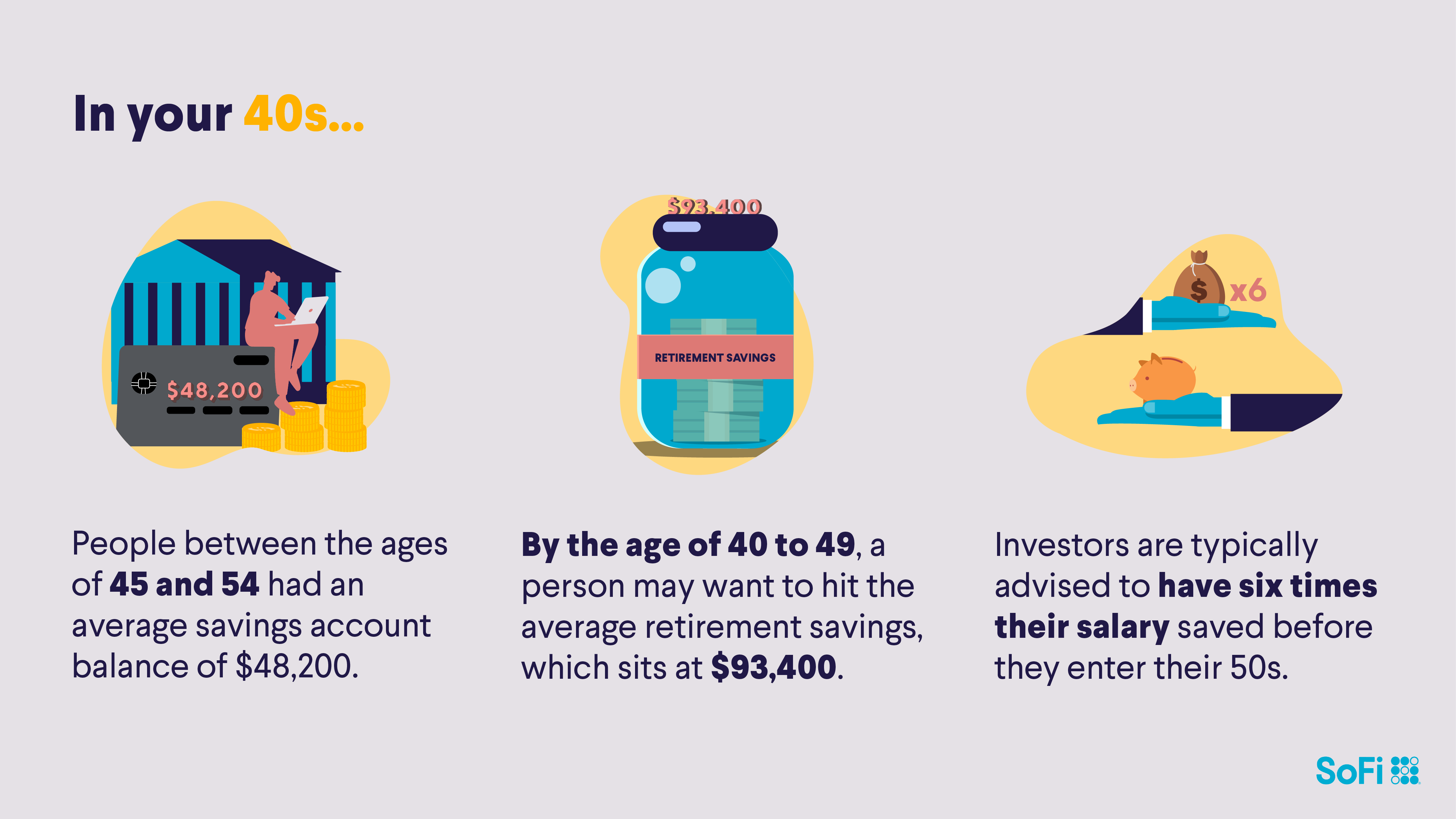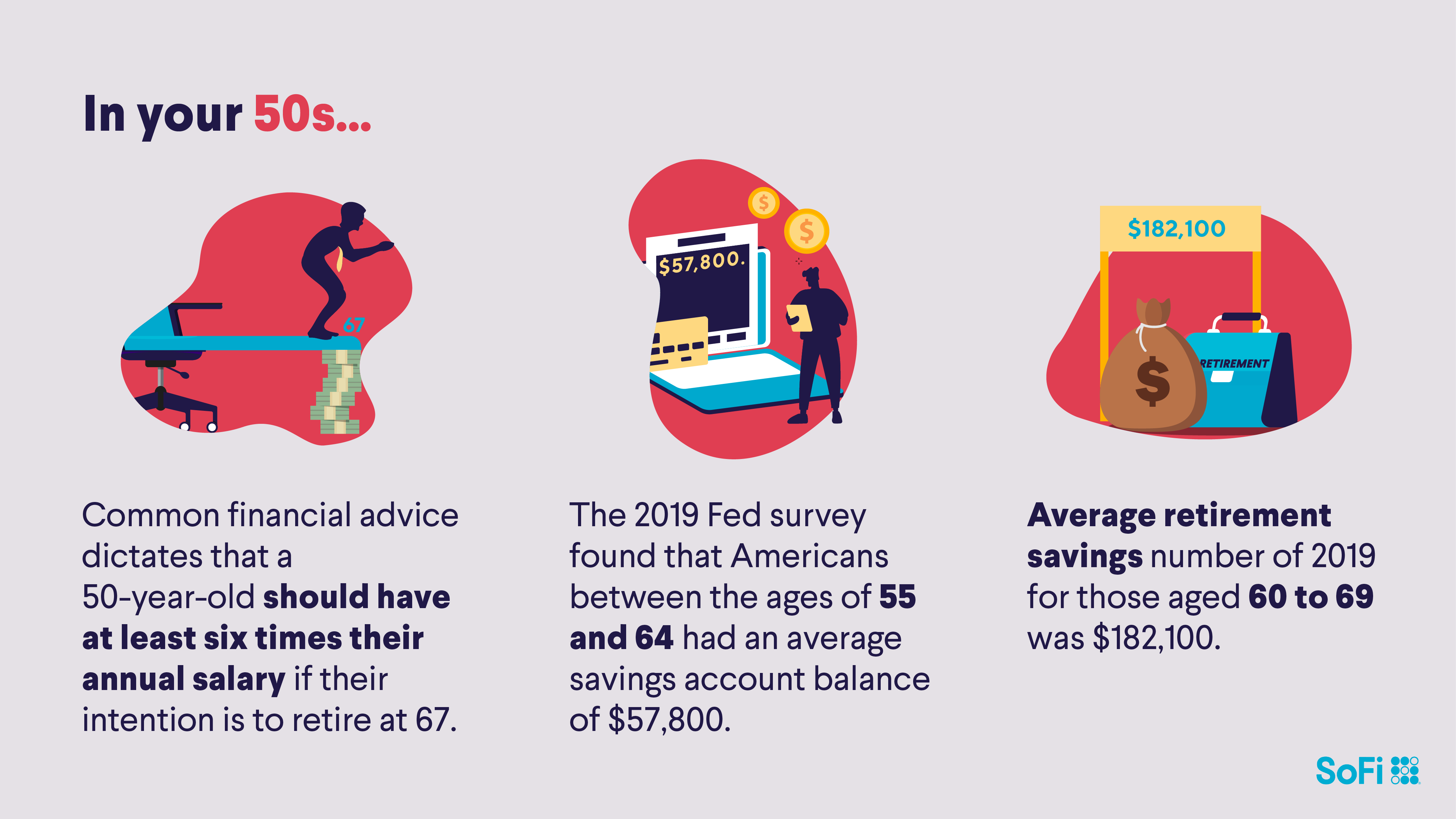Margin Calls: Defined and Explained
Table of Contents
A margin call is when an investor is required to add cash or sell investments to maintain a certain level of equity in a margin account if the value of the account decreases too much.
Margin trading — when an investor borrows money from a brokerage firm to enhance trades — is a risky endeavor. Placing bets with borrowed funds can boost gains but can also supercharge losses. Brokers require traders to keep a minimum balance in their margin accounts for this reason.
If the margin account dips below a certain threshold, this is when the brokerage firm will issue a margin call. A margin call is one of several risks associated with margin trading.
Margin calls are designed to protect both the brokerage and the client from bigger losses. Here’s a closer look at how margin calls work, as well as how to avoid or cover a margin call
Key Points
• A margin call occurs when an investor must contribute cash or sell investments to uphold a specific equity level in their margin account.
• Margin trading involves borrowing money from a brokerage firm to enhance trades, but it comes with risks.
• If the equity in a margin account falls below the maintenance margin, a margin call is issued by the brokerage firm.
• Margin calls are designed to protect both the brokerage and the client from bigger losses.
• To cover a margin call, investors can deposit cash or securities into the margin account or sell securities to meet the requirements.
What Is a Margin Call?
A margin call is when a brokerage firm demands that an investor add cash or equity into their margin account because it has dipped below the required amount. The margin call usually follows a loss in the value of investments bought with borrowed money from a brokerage, known as margin debt.
A house call, sometimes called a maintenance call, is a type of margin call. A brokerage firm will issue the house call when the market value of assets in a trader’s margin account falls below the required maintenance margin — the minimum amount of equity a trader must hold in their margin account.
If the investor fails to honor the margin call, meaning they do not add cash or equity into their account, the brokerage can sell the investor’s assets without notice to cover the shortfall in the account. This entails a high level of responsibility and potential risk, which is why margin trading is primarily for experienced investors, not for investing beginners.
💡 Quick Tip: How do you decide if a certain trading platform or app is right for you? Ideally, the investment platform you choose offers the features that you need for your investment goals or strategy, e.g., an easy-to-use interface, data analysis, educational tools.
How Do Margin Calls Work?
When the equity in an investor’s margin account falls below the maintenance margin, a brokerage firm will issue a margin call. Maintenance margins requirements differ from broker to broker.
Additionally, regulatory bodies like the Federal Reserve and FINRA have rules for account minimums that all firms and investors must follow to limit risk and leverage.
Regulation T
The Federal Reserve Board’s Regulation T states that the initial margin level should be at least 50% of the market value of all securities in the margin account. The minimum equity amount must be valued at 50% or more of the margin account’s total value. For example, a $10,000 trade would require an investor to use $5,000 of their own cash for the transaction.
Recommended: Regulation T (Reg T): All You Need to Know
FINRA
The Financial Industry Regulatory Authority (FINRA) requires that investors have a maintenance margin level of at least 25% of the market value of all securities in the account after they purchase on margin. For example, in a $10,000 trade, the investor must maintain $2,500 in their margin account. If the investment value dips below $2,500, the investor would be subject to a margin call.
Example of Margin Call
Here is how a margin trade works. Suppose an investor wants to buy 200 shares of a stock at $50 each for an investment that totals $10,000. He or she puts up $5,000 while the brokerage firm lends the remaining $5,000.
FINRA rules and the broker require that the investor hold 25% of the total stock value in his or her account at all times — this is the maintenance requirement. So the investor would need to maintain $2,500 in his or her brokerage account. The investor currently achieves this since there’s $5,000 from the initial investment.
If the stock’s shares fall to $30 each, the value of the investment drops to $6,000. The broker would then take $4,000 from the investor’s account, leaving just $1,000. That would be below the $1,500 required, or 25% of the total $6,000 value in the account.
That would trigger a margin call of $500, or the difference between the $1,000 left in the account and the $1,500 required to maintain the margin account. Normally, a broker will allow two to five days for the investors to cover the margin call. In addition, the investor would also owe interest on the original loan amount of $5,000.
Increase your buying power with a margin loan from SoFi.
Borrow against your current investments at just 12%* and start margin trading.
*For full margin details, see terms.
Margin Call Formula
Here’s how to calculate a margin call:
Margin call amount = (Value of investments multiplied by the percentage margin requirement) minus (Amount of investor equity left in margin account)
Here’s the formula using the hypothetical investor example above:
$500 = ($6000 x 0.25%) – ($1,000)
Investors can also calculate the share price at which he or she would be required to post additional funds.
Margin call price = Initial purchase price times (1-borrowed percentage/1-margin requirement percentage)
Again, here’s the formula using the hypothetical case above:
$33.33 / share = $50 x (1-0.50/1-0.25)
💡 Quick Tip: When you trade using a margin account, you’re using leverage — i.e. borrowed funds that increase your purchasing power. Remember that whatever you borrow you must repay, with interest.
2 Steps to Cover a Margin Call
When investors receive a margin call, there are only two options:
1. They can deposit cash into the margin account so that the level of funds is back above the maintenance margin requirement. Investors can also deposit securities that aren’t margined.
2. Investors can also sell the securities that are margined in order to meet requirements.
In a worst case scenario, the broker can sell off securities to cover the debt.
How Long Do I Have to Cover a Margin Call?
Brokerage firms are not required to give investors a set amount of time. As mentioned in the example above, a brokerage firm normally gives customers two to five days to meet a margin call. However, the time given to provide additional funds can differ from broker to broker.
In addition, during volatile times in the market, which is also when margin calls are more likely to occur, a broker has the right to sell securities in a customer’s trading account shortly after issuing the margin call. Investors won’t have the right to weigh in on the price at which those securities are sold. This means investors may have to settle their accounts by the next trading day.
Tips on Avoiding Margin Calls
The best way to avoid a margin call is to avoid trading on margin or having a margin account. Trading on margin should be reserved for investors with the time and sophistication to monitor their portfolios properly and take on the risk of substantial losses. Investors who trade on margin can do a few things to avoid a margin call.
• Understand margin trading: Investors can understand how margin trading works and know their broker’s maintenance margin requirements.
• Track the market: Investors can monitor the volatility of the stock, bond, or whatever security they are investing in to ensure their margin account doesn’t dip below the maintenance margin.
• Keep extra cash on hand: Investors can set aside money to fulfill the potential margin call and calculate the lowest security price at which their broker might issue a call.
• Utilize limit orders: Investors can use order types that may help protect them from a margin call, such as a limit order.
The Takeaway
While margin trading allows investors to amplify their purchases in markets, margin calls could result in substantial losses, with the investor paying more than he or she initially invested. Margin calls occur when the level of cash in an investor’s trading account falls below a fixed level required by the brokerage firm.
Investors can then deposit cash or securities to bring the margin account back up to the required value, or they can sell securities in order to raise the cash they need.
If you’re an experienced trader and have the risk tolerance to try out trading on margin, consider enabling a SoFi margin account. With a SoFi margin account, experienced investors can take advantage of more investment opportunities, and potentially increase returns. That said, margin trading is a high-risk endeavor, and using margin loans can amplify losses as well as gains.
FAQ
How can you satisfy your margin call in margin trading?
A trader can satisfy a margin call by depositing cash or securities in their account or selling some securities in the margin account to pay down part of the margin loan.
How are fed and house calls different?
A fed call, or a federal call, occurs when an investor’s margin account does not have enough equity to meet the 50% equity retirement outlined in Regulation T. In contrast, a house call happens when an investor’s margin equity dips below the maintenance margin.
How much time do you have to satisfy a margin call?
It depends on the broker. In some circumstances, a broker will demand that a trader satisfy the margin call immediately. The broker will allow two to five days to meet the margin call at other times.
SoFi Invest® INVESTMENTS ARE NOT FDIC INSURED • ARE NOT BANK GUARANTEED • MAY LOSE VALUE
1) Automated Investing and advisory services are provided by SoFi Wealth LLC, an SEC-registered investment adviser (“SoFi Wealth“). Brokerage services are provided to SoFi Wealth LLC by SoFi Securities LLC.
2) Active Investing and brokerage services are provided by SoFi Securities LLC, Member FINRA (www.finra.org)/SIPC(www.sipc.org). Clearing and custody of all securities are provided by APEX Clearing Corporation.
For additional disclosures related to the SoFi Invest platforms described above please visit SoFi.com/legal.
Neither the Investment Advisor Representatives of SoFi Wealth, nor the Registered Representatives of SoFi Securities are compensated for the sale of any product or service sold through any SoFi Invest platform.
*Borrow at 12%. Utilizing a margin loan is generally considered more appropriate for experienced investors as there are additional costs and risks associated. It is possible to lose more than your initial investment when using margin. Please see SoFi.com/wealth/assets/documents/brokerage-margin-disclosure-statement.pdf for detailed disclosure information.
Financial Tips & Strategies: The tips provided on this website are of a general nature and do not take into account your specific objectives, financial situation, and needs. You should always consider their appropriateness given your own circumstances.
SOIN0123023






